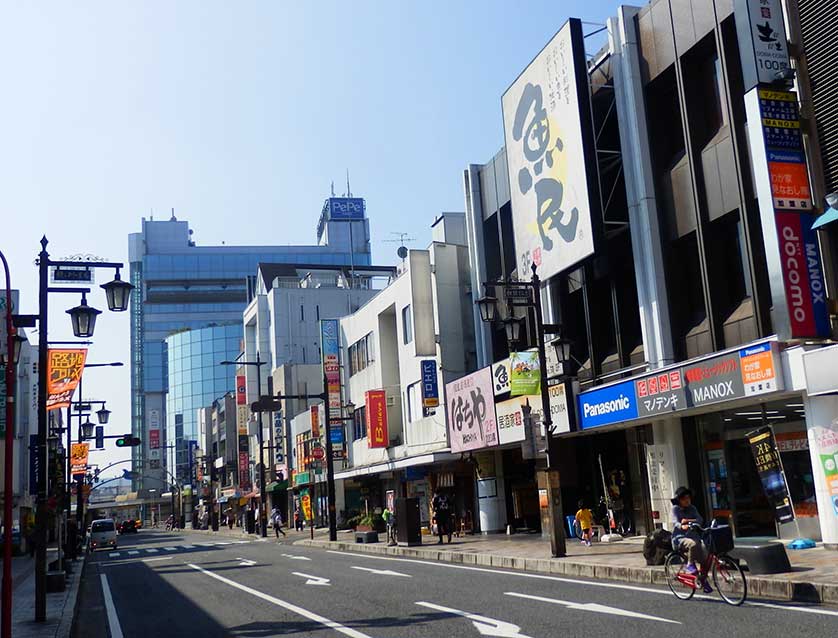
15 Oct Co-Creation: Building Better Tourism Together
WHY WORK TOWARDS CO-CREATION
Co-creation involves actively engaging stakeholders ranging from local residents and business owners to elected officials and community groups in the planning, design, and implementation of tourism initiatives1,2. For DMOs, this approach ensures that tourism development reflects local needs, values, and aspirations rather than imposing external ideas that may not align with the community’s vision3–5 Engaging local stakeholders early in the planning process allows DMOs to identify potential points of friction, adapt strategies to local contexts, and develop educational programs that resonate with both residents and visitors6,7. Co-creation is more than a collaborative tool. It is a pathway for DMOs to create tourism experiences that are sustainable, equitable, and mutually beneficial, fostering long-term relationships between visitors and the communities they visit.
WHAT IT MEANS TO CO-CREATE
Co-creating with the community means actively partnering with local stakeholders such as residents, business owners, cultural groups, and elected officials to collaboratively design, plan, and implement tourism initiatives rather than making decisions in isolation4. It is about moving beyond a top-down approach, where the DMO simply markets a destination, to a participatory model where the community’s knowledge, priorities, and values shape how tourism develops. Co-creation involves dialogue, joint problem-solving, and shared decision-making5,8. It also involves recognizing stakeholders as co-creators of value and acknowledging that their participation enhances the authenticity, sustainability, and overall success of tourism initiatives.
HOW TO DO IT
Los Angeles Tourism & Convention Board (LATCB) has redefined its role by adopting a destination stewardship approach. They collaborate with local stakeholders including the City of Los Angeles Department of Cultural Affairs, the Mayor’s Office of Sustainability, and community organizations. This led to the development of the city tourism department’s Tourism Master Plan that integrates a co-creation approach to responsible tourism.
Hanno City in Saitama Prefecture has embraced a “Satoyama tourism model,” focusing on sustainable tourism through collaboration between the local government and the private sector. This co-creation approach promotes ecotourism, utilizing the region’s rich natural resources and cultural heritage. The city’s official tourism website highlights various ecotourism initiatives, including guided nature walks and cultural experiences, ensuring that tourism development benefits both the environment and the local community.
DMOs mentioned
https://www.discoverlosangeles.com/
https://hanno-tourism.jp/en/
Other helpful materials
Binkhorst, E., & Den Dekker, T. (2010). Agenda for Co-Creation Tourism Experience Research. In N. Scott, E. Laws, & P. Boksberger (Eds.), Marketing of Tourism Experiences. Taylor & Francis Group.
Cabiddu, F., Lui, T.-W., & Piccoli, G. (2013). MANAGING VALUE CO-CREATION IN THE TOURISM INDUSTRY. Annals of Tourism Research, 42, 86–107. https://doi.org/10.1016/j.annals.2013.01.001
Campos, A. C., Mendes, J., Valle, P. O. do, & Scott, N. (2015). Co-creation of tourist experiences: a literature review. Current Issues in Tourism, 21(4), 369–400. https://doi.org/10.1080/13683500.2015.1081158
References
1. Mohammadi, F., Yazdani, H. R., Jami Pour, M., & Soltani, M. (2020). Co-creation in tourism: A systematic mapping study. Tourism Review, 76(2), 305–343. https://doi.org/10.1108/TR-10-2019-0425
2. Buonincontri, P., & Micera, R. (2016). The experience co-creation in smart tourism destinations: A multiple case analysis of European destinations. Information Technology & Tourism, 16(3), 285–315. https://doi.org/10.1007/s40558-016-0060-5
3. Altinay, L., Sigala, M., & Waligo, V. (2016). Social value creation through tourism enterprise. Tourism Management, 54, 404–417. https://doi.org/10.1016/j.tourman.2015.12.011
4. Leal, M. M., Casais, B., & Proença, J. F. (2022). Tourism co-creation in place branding: The role of local community. Tourism Review, 77(5), 1322–1332. https://doi.org/10.1108/TR-12-2021-0542
5. Ruhanen, L., Saito, N., & Axelsen, M. (2021). Knowledge co-creation: The role of tourism consultants. Annals of Tourism Research, 87, 103148. https://doi.org/10.1016/j.annals.2021.103148
6. Borges-Tiago, M. T., & Avelar, S. (2025). Co-creation dynamics in tourism and hospitality: A horizon 2050 paper. Tourism Review, 80(1), 194–208. https://doi.org/10.1108/TR-06-2024-0500
7. Matorel, M. D. H. (2025). Reimagining Tourism: A Creative Model for Destinations Facing Negative Impacts. Eco-Tourism and Sustainable Development, 1(1), 27–41. https://doi.org/10.63385/etsd.v1i1.117
8. Grcheva, O., & Oktay Vehbi, B. (2021). From Public Participation to Co-Creation in the Cultural Heritage Management Decision-Making Process. Sustainability, 13(16), 9321. https://doi.org/10.3390/su13169321

